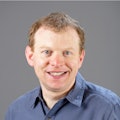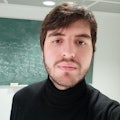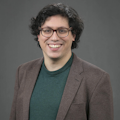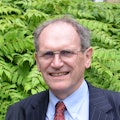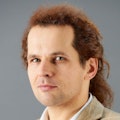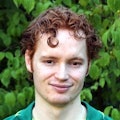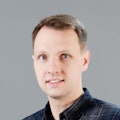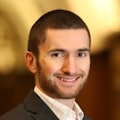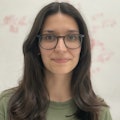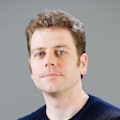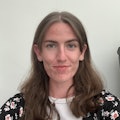Geometry, Algebra, Mathematical Physics and Topology Research Group
In line with much of modern mathematics, this group is a blend of pure mathematicians and theoretical physicists.
Our interests sweep a broad range of topics, from algebra, geometry, topology, including operator algebras, and non-commutative geometry in pure mathematics, to algebraic and conformal quantum field theory, quantum information theory, and integrable statistical mechanics in mathematical physics.
Research
The main areas of research within the current group are:
Pure mathematics
- Algebraic and enumerative combinatorics
- Algebraic geometry
- Braid group representations
- Categorification problems, mirror symmetry, moduli spaces
- DG categories and derived categories associated to algebraic varieties
- K-theory - including twisted and equivariant versions
- Modular tensor and fusion categories
- Operator algebras and non-commutative geometry
- Orbifolds and the McKay correspondence in Algebraic Geometry and Subfactor Theory
- Quantum symmetries: subfactors, tensor categories, Hopf algebras, quantum groups
- Quiver representations in Algebraic Geometry and Subfactor Theory
- Subfactors and planar algebras.
Mathematical physics
- Algebraic Quantum Field Theory
- Conformal Field Theory
- Quantum information
- Statistical mechanics: classical and quantum, integrable systems
- Topological phases of matter.
Meet the team
Events
Current events
For an up-to-date programme of online talks, please see our calendar of events.
Previous years
Next steps
Research that matters
Our research makes a difference to people’s lives as we work across disciplines to tackle major challenges facing society, the economy and our environment.
Postgraduate research
Our research degrees give the opportunity to investigate a specific topic in depth among field-leading researchers.
Our research impact
Our research case studies highlight some of the areas where we deliver positive research impact.

